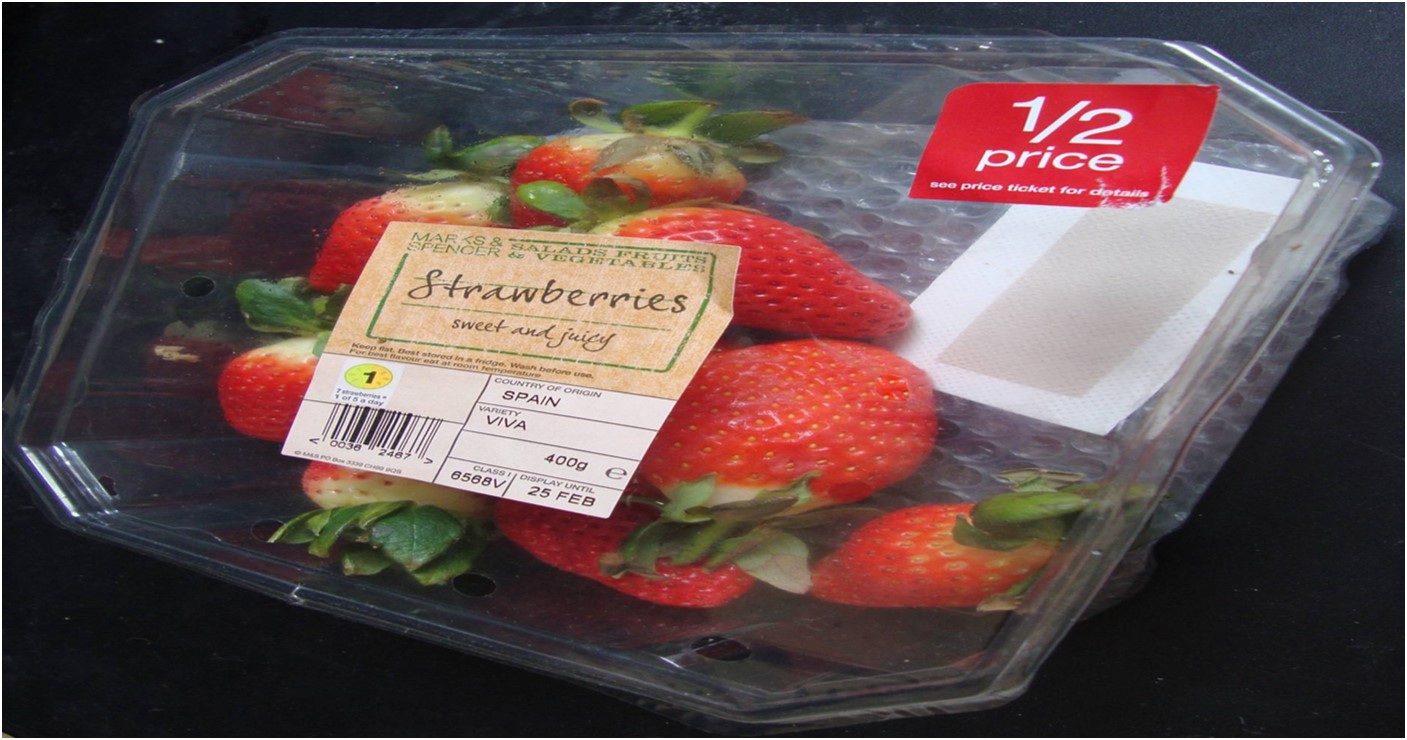There is little doubt that the food and drink industry is a hi-tech industry. Technology, and by this we encompass the broad definition of technology including; ingredients, enabling technologies, manufacturing and processing technologies, is fundamentally responsible for helping ingredient companies and finished product manufacturers meet the needs of the consumers.
With the growing trends for clean label, natural ingredients, healthier profile, personalisation, traceability and provenance, to name a few, a raft of new technologies is required at every juncture to enable these mega trends. The type of technologies being deployed in ingredient and raw material development range from intelligent selection, high throughput screening, big data mining through to extraction, re-processing and purification technologies. The scope also extends to finished product processing in re-visiting and enhancing traditional processes, the slightly sinister sounding synthetic biology through to 3d printing.
Recent highly publicised events in the media has highlighted some of the primary challenges with growing populations, and alongside that growing consumerism; the unprecedented levels of microplastics, the mass deforestation in South America for food crops, the unsustainable energy input in mass-meat production, the list goes on. These all present great challenges for consumers the food and drink manufacturing sector, governments and regulators.
There is also a harsh reality that needs to be addressed; it is not possible to provide long term sustainable solutions to these challenges through taking an evolutionary backward step. It is not possible to provide adequate nutrition to a global population of 7 billion by insisting on traditional farming methods, for example, or the removal of all packaging or food additives.
Technology is required to provide the solutions that not only deliver safe food of the desired quality (we can’t deny the fact as consumers we demand products that taste great), but the responsibility of new technology is greater than ever before. New and novel food and drink technology must include stewardship as a fundamental operational pillar.
The concept of food and drink technology stewardship is one that needs to be adopted at every level of new product development. Stewardship in this context will be successful by aligning the development roadmap to core sustainability and environmental principles and evaluating each component of a product in an holistic manner.
Packaging is the simplest example; we have come to understand that microplastics have already entered the food chain at an alarming level, and there is no doubt action needs to be taken. However, it is also been of great surprise to many that recycling services are inconsistent and cannot cope with the myriad of ‘recyclable materials’ that are in use.
We are restricted by this infrastructure, whilst biodegradable plastic is available for shrink wrapping, the inclusion of this material into the supply chain will compromise the existing recycling mechanism. It is possible for the consumer to engage with the demonization of single use plastic, but within the bigger picture of resource availability, fossil fuel use and carbon footprints, is a turn back to glass the right choice? What are the other alternatives out there?
The opportunity that technology stewardship present is to consider the bigger picture and evolve in such a way that it aligns fundamentally to global issues whilst delivering the mega trends.
An interesting example, and possibly one to watch, is the recent purchase of SodaStream by PepsiCo. We’re sure many of you have fond memories of SodaStream in the 70’s and 80’s as a way of getting ‘cheaper coke’ at home or coveting your friends’ machine! With this dated view of technology, the recent $multi-million purchase may seem a little unusual. Until it is considered in the context of ‘Stewardship’. The mega trends suggest that there is an increasing demand for personalisation and choice. This extends to functionality as much as it does flavour profile. To deliver this flexibility and choice there has been a steady increase in the use of in-home device, coffee pods, juice pods etc. With a major concern over the proliferation of single use plastics for soft drinks it stands to reason that a shift to re-usable bottles is a must. This intersection therefore presents an opportunity to develop an existing technology in such a way that it can make significant steps to solve real long-term issues while satisfy the immediate desire of the consumers.
This stewardship approach is essential when considering the adoption of any technology. Too many times, apparent progress has been made without enough consideration of the actual impact. A core element of any technology evaluation should be an adequate longer terms risk assessment; the sustainability of the resource, the energy input vs output, the actual recyclability of the material, alternative ways to achieve the goal. This can be achieved by considering that any technology; ingredients, packaging and process has a long-term responsibility to the consumer and the environment and not only their immediate needs or desires.
There is an old adage that history repeats itself because no-one was listening; technology stewardship aims to address this, by acknowledging through oversight, or other reasons, technology of previous generations has caused longer term damage, and that this is the pivot point to take a new more sustainable approach to adopting new technology. Through adopting a food and drink technology stewardship model, we, as an industry, have an opportunity to lead the way. It does however have to be part of a movement whereby all those involved, from the grower to the consumer, embrace the philosophy of stewardship so the role of technology in delivering its own responsibility is effective.
First Published in Food & Drink Technology October 2018




